Search Results for 'Central hospital'
14 results found.
The man who saved Eyre Square: Remembering C.I. O’Flynn, guardian of Galway’s heart
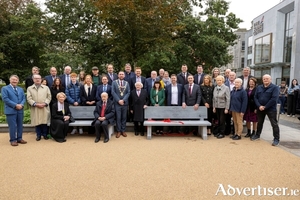
On a soft Galway afternoon last Thursday, as the autumn light slipped across the paving stones of Eyre Square, a small crowd gathered near the entrance to the Eyre Square Centre. City councillors, family members, and lifelong friends stood together in quiet pride, as President Michael D. Higgins unveiled a memorial bench to one of Galway’s most steadfast public servants — Mr Clement Ignatius O’Flynn.
Henry Street playground to commemorate Galway City’s first female mayor
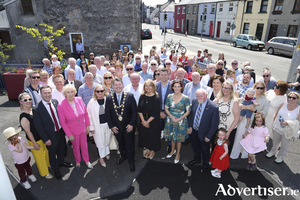
Henry Street Playground was officially named last Friday in honour of former Mayor of the City of Galway, Mary Byrne (1917-2004) - who was the first female Mayor of Galway, and was also a resident of Henry Street.
Galway hospitals
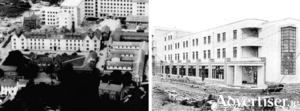
We know there was a hospital in High Middle Street in 1509, though it was probably a poorhouse in reality. In 1542, the Corporation built St Bridget’s Hospital on Bohermore. It subsequently served as a Leper Hospital. The 1651 map of Galway shows four hospitals. In 1820, a fever hospital opened on Earl’s Island, and in 1824, a small lying-in hospital was established on Mill Street at Madeira Island. The County Infirmary opened on Prospect Hill in June 1802.
The Galway Workhouse
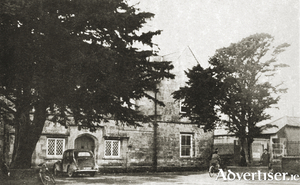
The first formal meeting of the Board of Guardians of the Galway Workhouse took place in the Town Hall on July 3, 1839, and the building opened on March 2, 1842, one of many such workhouses built around the country. On March 16, the first pauper died from old age and destitution. The numbers of inmates gradually increased to 313 by May 1845, after which the Famine made a huge impact on the project. It was originally designed for 800 destitute persons but this quickly increased to 1,000. Included in the complex was an infirmary for sick paupers but this rapidly became the hospital for the city’s poor.
Sixth class, The Mercy, 1948
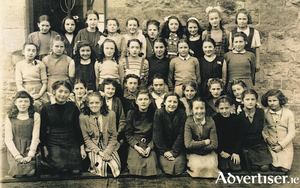
One hundred and eighty years ago, the Sisters of Mercy came to Galway for the first time, to a house in Lombard Street, to devote themselves to works of mercy among the poor. The great Catherine McAuley was one of the first three nuns to come here, the others being Mother M Teresa White and Mother N Catherine Leahy.
It is time the west had better health care
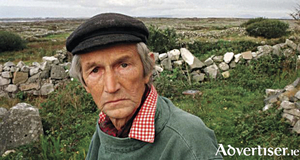
Galway politicians have it easy. I have been told that when each and everyone of them kneels down beside their bed at night to say their prayers, they thank God that Galway has two major hospitals. For all their faults, Galway University Hospitals, comprising University Hospital Galway (UHG), and Merlin Park (MPUH), provide a comprehensive range of services, from serious injury to cancer care, serving a catchment area in the region of one million people along the west from Donegal to Tipperary North.
The Galway Carol Singers
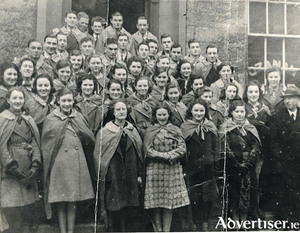
The Galway Carol Singers were formed in the late 1930s by members of the Junior Conference of the St Vincent de Paul Society. Benny Brennan from West House got the idea originally, and then a committee was formed from various conferences in town. It included Robert Pierce, Joe Lardner, Paddy Donoghue, Mattie Fahy, John Fahy, Pádraic Spelman, and Peter Griffin. The idea was for the singers to raise much needed funds for the society.
The Corpus Christi procession
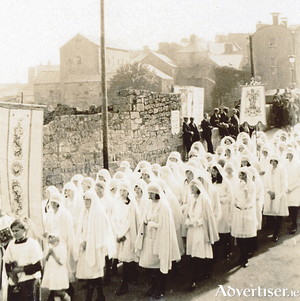
“Upwards of seven thousand people took part in the annual Eucharistic Procession through the streets of Galway on Sunday, when one of the greatest demonstrations of faith in recent years was seen. Practically all of that part of the city’s population which did not take part, thronged the footpaths, and when the procession arrived at Eyre Square at six o’clock, upwards of ten thousand people knelt on the green sward in front of the specially constructed high altar for the final Benediction, which was imparted by his Lordship, Most Rev Dr Browne.
Passage of time....
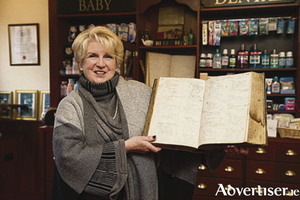
An interesting story has emerged linking a badly burnt survivor from the SS Athenia, a Galway pharmacy, and Glasgow’s Riverside Museum.
The knights ride to the rescue
I have written before about the woeful lack of ambulances that serviced the old Central Hospital, especially in the 1930s. That shortage became acute during the war. Because of the severe rationing of petrol, and the unavailability of spare parts, for a long period only two ambulances were available for the whole county. As they were frequently on the road simultaneously there was no reserve vehicle to answer any emergency.

